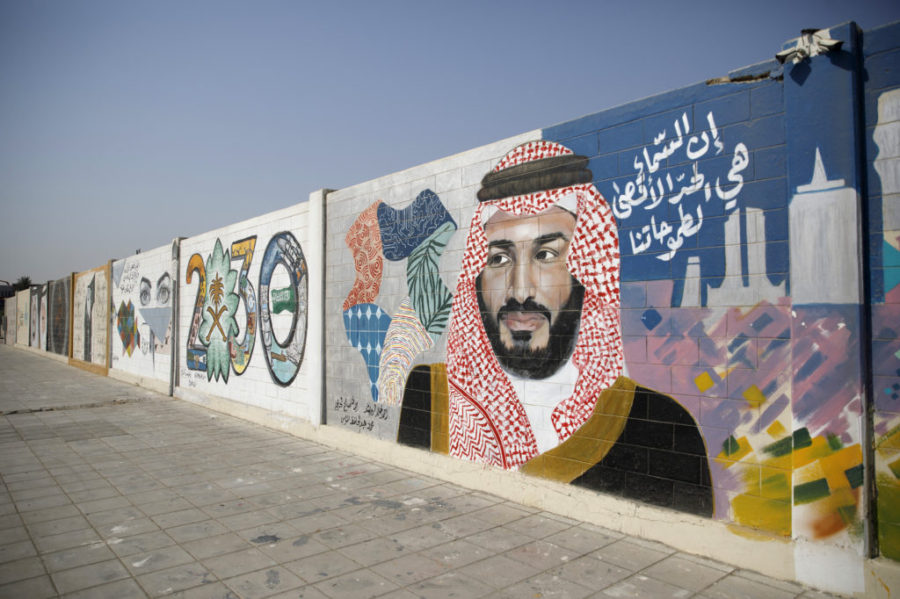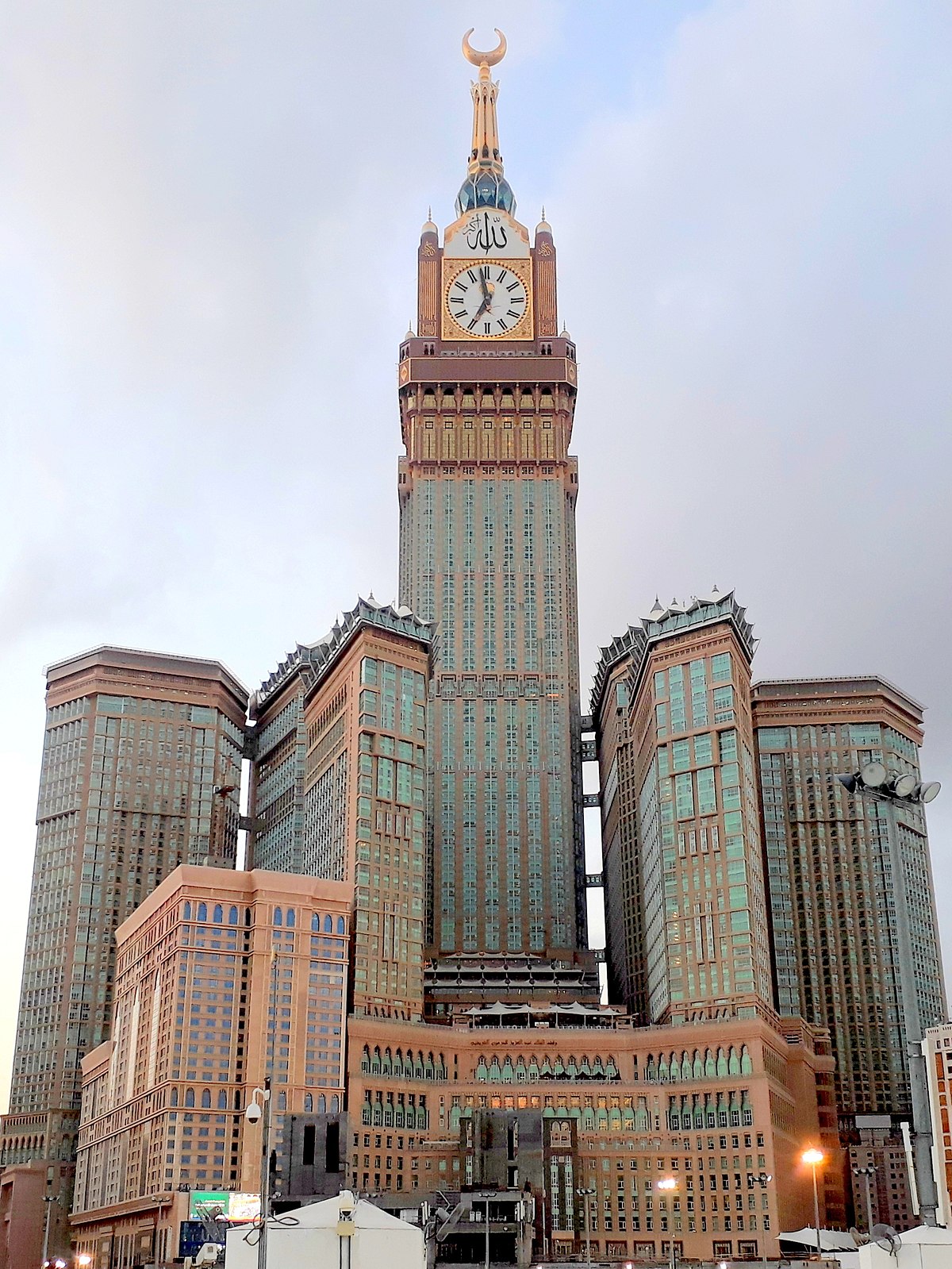
Artificial history of the Saudi state
Nation states often create their own history of myths. Saudi Arabia is no exception, writes Yusuf Sami Kamadan.
It is believed that the concept of “nation state” emerged after the French Revolution. In order to designate some territory as a nation state, along with a common language and values, history is also necessary. Although at the same time there may be material that allows one or another people to stand out from the rest, as we see from history, usually the formations that have received the name of the nation state have an artificial basis. The myth needed to create a nation stateoften works better than truth. In fact, such countries are not much different from the owner of a newly opened store who decorates the counter with the colorful fruits he bought. They, in most cases, construct something completely new from the elements that made up the real story, adding to this, including myths. You don’t have to look far for examples. Montenegro, which proclaimed independence in 2006, declared Montenegrin the official language, and the nation speaking this language – Montenegrins. Although in reality it is a dialect of the Serbian language.

Madrasah as-Savlatiya / Source: GZT
Such activities have gained impressive proportions since the 19th century, and are still being actively pursued. In this case, its own strategy is applied. First of all, the element that appears to be alien is destroyed and denied, and then something new, independent is created. Saudi Arabia is among the states that have undertaken such attempts. It also, while seeking to create a Saudi nation, did not hesitate to take steps to eliminate elements that contradict the history it created. Rosie Bshire, a Harvard University researcher in contemporary history of the Middle East, dedicated her book Archive Wars: The Politics of History in Saudi Arabia to this topic. She considers how the Saudi authorities systematically destroyed the heritage of an earlier era of cultural diversity in the region. They became especially active in this after 1991. Rosie Bshire personally visited the country, conducting ethnographic and historical research. She tells how, with a camera in her hands, she walked through the areas surrounding the Forbidden Mosque. During one of these walks, she came across the al-Savlatiya madrasah. She found very little information about him in the Arab publications, but nevertheless the researcher managed to find out that this educational institution was created by an Indian alim named Rahmutullah al-Hindi. He took an active part in the War of Independence of 1857, personally took part in hostilities against the British, and after the defeat was forced to move to Rosie Bshire personally visited the country, conducting ethnographic and historical research. She tells how, with a camera in her hands, she walked through the areas surrounding the Forbidden Mosque. During one of these walks, she came across the al-Savlatiya madrasah. She found very little information about him in the Arab publications, but nevertheless the researcher managed to find out that this educational institution was created by an Indian alim named Rahmutullah al-Hindi. He took an active part in the War of Independence of 1857, personally took part in hostilities against the British, and after the defeat was forced to move to Rosie Bshire personally visited the country, conducting ethnographic and historical research. She tells how, with a camera in her hands, she walked through the areas surrounding the Forbidden Mosque. During one of these walks, she came across the al-Savlatiya madrasah. She found very little information about him in the Arab publications, but nevertheless the researcher managed to find out that this educational institution was created by an Indian alim named Rahmutullah al-Hindi. He took an active part in the War of Independence of 1857, personally took part in hostilities against the British, and after the defeat was forced to move to She found very little information about him in the Arab publications, but nevertheless the researcher managed to find out that this educational institution was created by an Indian alim named Rahmutullah al-Hindi. He took an active part in the War of Independence of 1857, personally took part in hostilities against the British, and after the defeat was forced to move to She found very little information about him in the Arab publications, but nevertheless the researcher managed to find out that this educational institution was created by an Indian alim named Rahmutullah al-Hindi. He took an active part in the War of Independence of 1857, personally took part in hostilities against the British, and after the defeat was forced to move toMecca . And this is not the only example. She cites other facts, restoring the history of Mecca, which, according to her, was consigned to oblivion on purpose. This is Mecca, in the bright mosaic of culture of which the Indonesians, Turks, people from South Asia contributed. Graduates of both the Al-Savlatiya madrasah and other educational institutions of Mecca, founded by Asian and African scholars, have played a role in the intellectual life of the region. But there was no place for them in the official history. Rosie Bshire in her book reveals how historical facts that are not approved by the state are systematically hidden, ignored and removed from the school curriculum.

Rosie Bshire. Archival Wars: Historical Politics in Saudi Arabia / Source: GZT
Another area of activity to create a new history is the destruction of the historical center of Mecca, the destruction of its identity, which has been preserved over the centuries. The Saudi Arabian authorities, who saw a threat to themselves not only in non-Arabs, but also in Arabs from other regions, felt it necessary to destroy the historical background that demonstrates the cosmopolitan structure of the city. Ancient buildings, many of which held an important place in the history of Islam, have been replaced by gigantic gaudy structures like Abraj al-Beit.… In 2010, when the city became unrecognizable, at the initiative of the then governor Khalid ibn Faisal, a policy of Arabization was actively pursued, during which non-Arabic names of streets and buildings were changed to new, Arabic ones. Rosie Bshir concludes in her book: “Like all modern states, Saudi Arabia tries to ignore history that does not fit its national theses and highlight those moments that do.”

Abraj al-Beit / Source: en.wikipedia.org
Islamosphere

